Lisbon, Portugal, is located on the western edge of Europe and has a rich cultural heritage that is reflected in the city's ceramic art.
Join us on a journey through time and discover the fascinating development of ceramics in this interesting city.
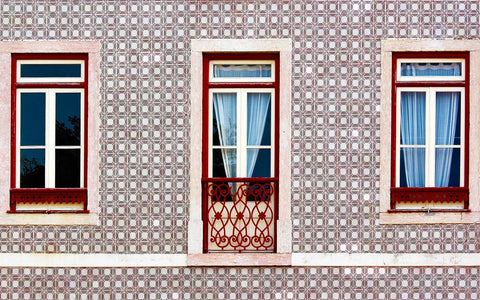
Ancient roots:
Our story begins in the annals of time, where Lisbon's ceramic heritage has its roots in ancient civilizations. The Phoenicians, who sailed the seas and left their mark throughout the Mediterranean, introduced the art of pottery to Lisbon. Their pottery workshops flourished and laid the foundations for a tradition that would last for centuries.
Moorish mastery:
In the age of the Moors, Lisbon experienced an artistic renaissance in ceramics. Under Moorish influence, intricate geometric patterns and bright colors adorned tiles and pottery, transforming everyday objects into exquisite works of art.
The legacy of this era can still be seen today in the historic districts of Alfama and Mouraria, where the fascinating tiles tell stories of a bygone era.
The Age of Discoveries:
As Portugal rose to become a global maritime power during the Age of Discovery, Lisbon's ceramics evolved to reflect the cultural exchange with the newly discovered lands.
The iconic blue and white azulejos, hand-painted ceramic tiles, became synonymous with Lisbon's architecture and adorned churches, palaces and public spaces. These tiles were not only used for decoration, but also told stories of discovery, trade and cultural encounters.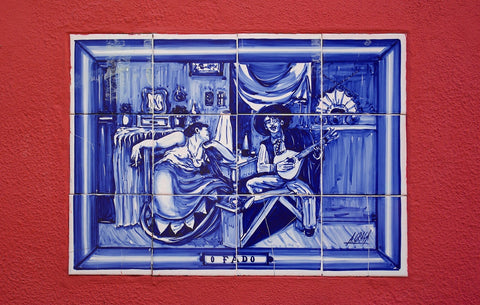
The golden age of azulejos:
The 18th century marked the golden age of azulejos in Lisbon. Artisans relied on elaborate patterns and intricate designs, transforming the city into a living canvas.The luminous azulejos became a symbol of prestige and artistic expression and reflected the prosperity of Lisbon at the time. As you stroll through the historic districts, you will discover entire facades covered in these timeless masterpieces.
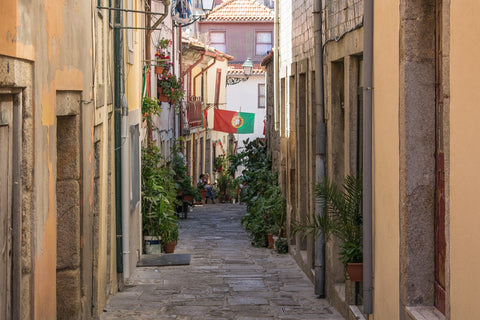
Revival and reinvention:
Although Lisbon's ceramic tradition has been repeatedly questioned over the years, it experienced a revival in the 20th century. Artists and craftspeople, inspired by the city's rich history, began to reintroduce traditional techniques while incorporating contemporary elements into their creations. The ceramics scene in Lisbon transformed into a dynamic mix of past and present, a celebration of heritage and innovation.
Contemporary flourishing:
In the 21st century, Lisbon's ceramic artists continue to push boundaries and redefine the city's artistic landscape. The studios and workshops showcase a wide range of styles, from traditional azulejos to avant-garde sculptures. On the international art scene, Lisbon is now recognized as a center for ceramic innovation, attracting artists and art enthusiasts from all over the world.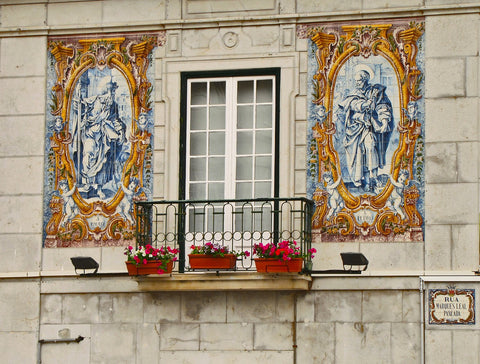
A few words at the end...
As we conclude our journey through the history of ceramics in Lisbon, Portugal, it is clear that the artistic soul of the city is closely interwoven with its ceramic heritage.From ancient civilizations to the contemporary art scene, Lisbon's ceramics tell a story of resilience, creativity and cultural richness.
So the next time you stroll through the charming streets of Lisbon, take a moment to admire the vibrant tiles and pottery that are a testament to centuries of artistic evolution.
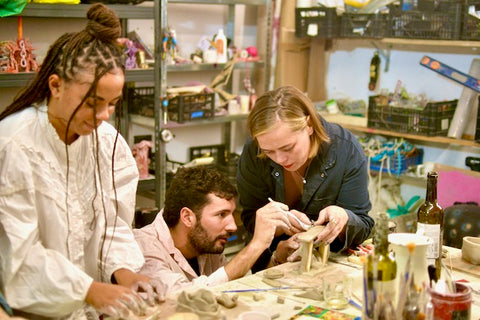
Embark on your own adventure through Lisbon's ceramic wonderland and be enchanted by the timeless beauty of "Ceramics Lisbon" at every turn.
And if you want to get creative yourself during your trip to Lisbon, take a look at our ceramics workshop offer here.
See you next time,
Your Kat
